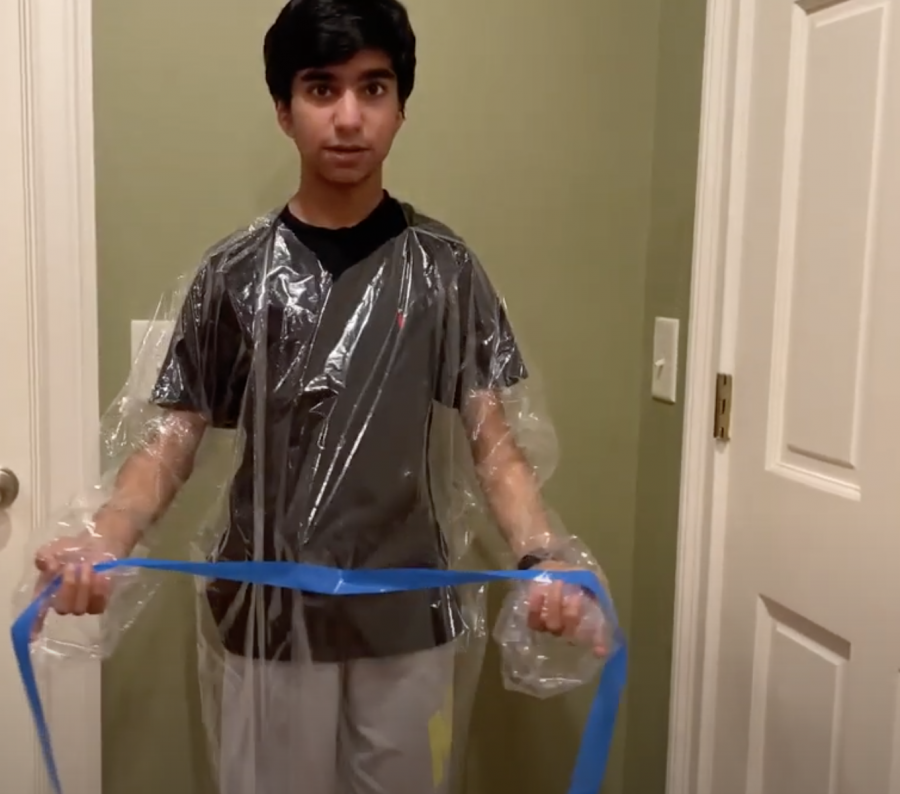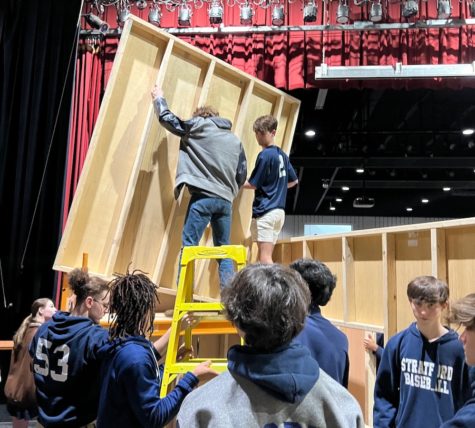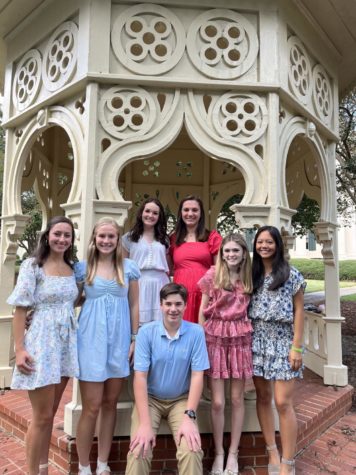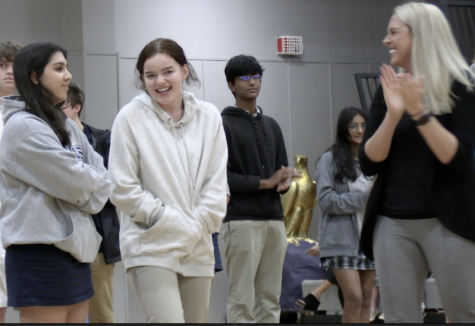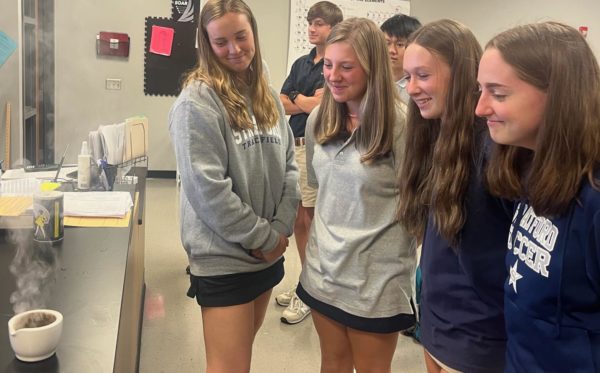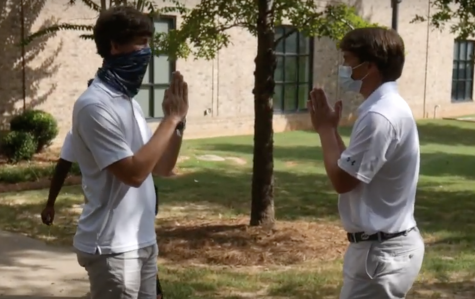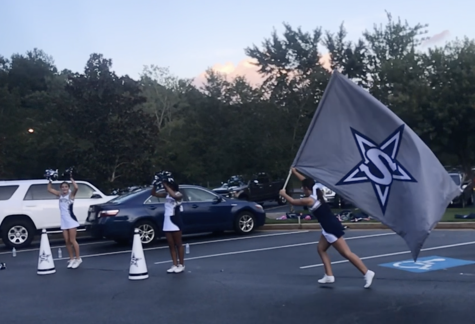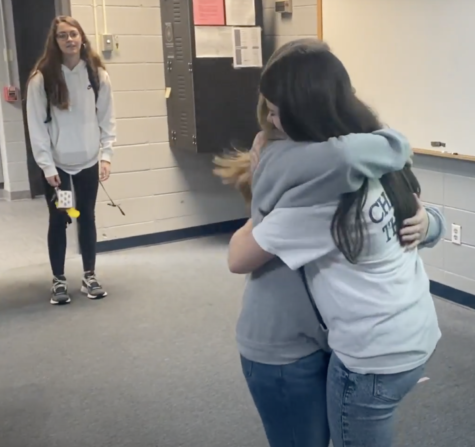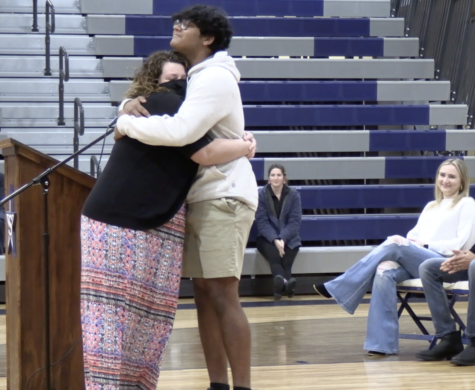Stratford freshman makes isolation gowns a school-wide project
Ishaan Narsinghani believes students should participate in this project to ease the stress put on hospitals and keep healthcare workers safe
When the coronavirus pandemic began, most people saw an end to their daily activities.
However, freshman Ishaan Narsinghani saw this as an opportunity for new ones.
“The COVID-19 pandemic has resulted in a shortage of essential medical supplies, especially isolation gowns, which has put healthcare workers and society as a whole in jeopardy,” Ishaan said.
Recently, he began making isolation gowns for Navicent Health, and now, he wants the Stratford community to take part in this project. Stratford will approve community service hours to any high school student who makes gowns.
One gown takes about 20 minutes to make, so making three gowns gives a person an hour of community service.
This has also become a schoolwide competition. Every week, the first three people to make 50 gowns and overall most gowns will win gift cards ranging from $15 to $50.
The COVID-19 pandemic has resulted in a shortage of essential medical supplies, especially isolation gowns, which has put healthcare workers and society as a whole in jeopardy. — Ishaan Narsinghani
Ishaan came up with this idea from his family. He comes from a family of doctors, so he was hearing about the risks that come with being a healthcare worker all the time.
“My parents had told me about the great shortage of isolation gowns, which made it so healthcare workers had to reuse these gowns in the COVID-19 unit,” he said. “This meant that gowns contaminated with the COVID-19 virus were constantly being used around rooms, hallways, etc., furthering the spread of the virus.”
Ms. Holly Leskovics, who has 3D printed masks for people to use, inspired him. He decided he wanted to help in his own way, and that is when he began making isolation gowns.
At first, Ishaan said he began constructing gowns with his friends and a small group of volunteers. “I have made around 250 of these gowns and would like to continue making more progress and gaining more participants,” Ishaan said.
Now, numerous volunteers are taking part in the project. Ishaan also said his parents are willing to provide materials for the first 1,000 gowns, as well as gifts. Apart from the completed plastic gowns that can be dropped off at his house or at selected locations, he would appreciate donations to help frontline health workers.
To increase the number of participants, Ishaan created a competition, where everyone who is helping can participate. The people who construct the most gowns can win prizes, which include gift cards from local businesses that also need support.
He will hold three distinct competitions: the first three to reach a total of 50 gowns, those who make the most in a week, and the overall winner by June 15.
The materials needed are flagging tape and two (8×24-inch and 36×48-inch) polyethylene bags.
He personally delivers them to Navicent Health, and they are all used by healthcare workers at Navicent Health.
He believes students should participate in this project to ease the stress put on hospitals and keep healthcare workers safe.
“If this supply shortage continues, there is a possibility of running out of these gowns in the future, meaning that healthcare workers won’t be able to protect themselves from the virus, stressing hospitals and increasing the spread,” he said.
Here is Ishaan’s YouTube video explaining how to make them
Sabina Ajjan —or Sabean, as denominated by her friends— is a junior. This is her fourth year at Stratford and her third year on The Gazebo staff where...
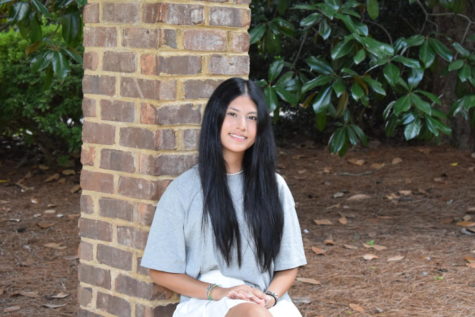
NAME: Annie Shih
GRADE: Senior
SCHOOL ACTIVITIES: Soccer, DEI Alliance, Drama Club, Beta Club, Spanish Club, Chess Club
FAVORITE SUBJECT: Chemistry
FAVORITE...



